The Saint-Roch church, 296 rue St Honoré (75001), is a mixture of classical and baroque styles. It took almost a century for its construction, from 1653 to 1722. Before it, a small chapel, dedicated to Ste Suzanne, was on this site.
In 1521, a merchant had this chapel built, 56 years later, his nephew had a large church built under the protection of St Roch. The latter is the patron of the medical professions, mistreated or unjustly accused animals and above all the healer of plague victims. In 1653, the body of the church was raised. Louis XIV and his mother Anne of Austria lay the first stone. The plans are inspired by those of Notre-Dame de Paris (nave and choir bordered by aisles opening onto side chapels and non-projecting transept).
Architecture and decoration
Jacques Mercier, architect of the Sorbonne is responsible for it. The chapel in homage to Ste Suzanne is one of the first built to pay homage to the old one. The architects Jules Hardouin-Mansart, then Pierre le Muet succeed Jacques Mercier.
Robert de Cotte designed a two-storey facade. The works were not completed until 1738. Inspired by the Church of Gésu in Rome. On the first level are Doric columns. They support the entablature decorated with a frieze of triglyphs and metopes with circular decoration. On the second floor, Corinthian columns support the central pediment decorated with a large shell.
During the 18th century, we will see other chapels appear (Chapel of Calvary, Communion, Compassion, the Virgin, baptismal font, St John the Baptist, St Nicolas) but also the transformation of the facade and the roof. St Roch then becomes one of the largest churches in Paris where many personalities are buried.
Jules Hardouin-Mansart, architect of the “Sun King” realizes the chapel of the Virgin, baroque style. It is composed of an elliptical central vessel, surrounded by an ambulatory. Its semicircular arcades are surmounted by a drum pierced with stained glass windows with Baroque motifs. The whole is capped by an oval dome painted by Jean-Baptiste Pierre.
Furniture, sculptures and paintings adorn the church: “Christ in the Olive Garden” by Etienne-Maurice Falconet; a bust of André Le Nôtre and another of François de Créqui by Coysevox; a Nativity and a Christ on the Cross by Michel Anguier; “Resurrection of the son of the widow of Naim” by Eustache Le Sueur; “Godefroy de Bouillon” by Claude Vignon; “Presentation of Christ in the Temple” by Jean Restout, “;” the baptism of the eunuch “and” Saint François Xavier “baptizing an Indian” by Théodore Chassériau and “Divine Glory”, performed by Étienne Maurice Falconet.
Personalities buried between the 17th and 18th centuries
The sculptors François and Michel Anguier; Claude François Bidal d’Asfeld; the painter and engraver Bon Boullogne, dit Boullogne; Marie-Anne de Bourbon, natural daughter of Louis XIV and Louise de La Vallière; the writer Pierre Corneille; the woman of letters Antoinette de Lafon de Boisguérin des Houlières; the encyclopedist Denis Diderot; Admiral Dugay-Trouin; the writer and scientist Bernard Le Bouyer de Fontenelle; Marie-Thérèse Rodet Geoffrin who ran a salon; the Freemason poet Claude Adrien Helvetius; President Heinaut, academician; the scholar and philosopher Paul-Henri Thiry, baron of Holbach; the poet Alexandre Lainez; Lieutenant Philippe Claude de La Marche; the gardener of King André Le Nôtre; the philosopher Gabriel Bonnot de Mably; the trader and lawyer Nicolas Ménager; René, frigate captain and his son Pierre Nicolas Moreau de Maupertuis; the grand chamberlain Fortunat Rangoni; academician François-Séraphin Régnier-Desmarais; the poet Alexis Piron and the bishop Gabriel Cortois de Pressagny.
The recovered tombs
The church has five tombs from nearby churches closed during the Revolution and then demolished. These are mausoleums or parts of tombs:
- Cardinal Dubois (from the Saint-Honoré collegiate church)
- Count of Harcourt (from the Feuillants convent)
- Marshal François de Créquy (from the Jacobins of rue Saint-Honoré)
- Charles de Créqui, brother of the previous one (from the Capucines of the place Vendôme)
- Pierre Mignard (from the Jacobins of rue Saint-Honoré)
Following the prohibition in 1759 to make other pits in the church, an ossuary was built in the base of the annular ambulatory which surrounded the chapel of the Virgin, in addition to the mass graves. An ossuary still exists without being able to know its dating.
The Abbé de l’Epée is buried in the vault of the Saint-Nicolas chapel which belonged to the La Roche family. The Philippe Claude de La Marche marble sarcophagus was raised on a plinth and loaded with a military trophy. Above, on a drapery surmounted by a funeral urn, was an epitaph that has disappeared like the monument. tomb, The Chapel of the Virgin houses the tomb of Fortunat Rangoni, the work of Charpentier. It consisted of a bronze weeping virtue resting on a funeral column bearing an epitaph in Latin.
St Roch, the Revolution and the beginning of the Empire
During the revolution, the conflicts between revolutionaries and monarchists left traces on the facade. The convoys taking the condemned passed through the rue St Honoré and ambushes were observed to free the condemned. Inside, the remains have disappeared from the tombs. Some, including that of Diderot, have not been found. The belligerents destroy the mausoleum of Louise Elisabeth La Live de Jully, her remains have disappeared, only her medallion remains visible today in the chapel of St Jean-Baptiste. Looters seize works of art and destroy the great organs. Only the original sideboard remains.
October 5, 1795, 13 Vendémiaire Year IV of the revolutionary calendar, remains a sad date in history. General Bonaparte strafed the royalist insurgents on the steps of Saint-Roch church, killing nearly 300 people in three quarters of an hour.
In 1798, the theophilanthropists, religious practitioners who believe only in God and in the love of their neighbors, transform the church into a “Temple of Genius”. After the reestablishment of Catholic worship in 1804, thousands of protesting demonstrators against the refusal to bury the actress Françoise Raucourt, ransack the church 9 years later. Between the 18th and 19th centuries, many works enrich the decor of the church. We then compare St Roch to a museum of religious art.
St Roch, artists’ parish in the twentieth century
In 1922, 2 members of the Comédie Française, located not far from the church, had the idea of creating a chaplaincy for actors. Georges Le Roy and Jeanne Delvair created the Catholic Theater Union there, which has since been extended to dance, cinema, song and the lyrical arts. Around 1925, the parish of the performing arts appeared despite the existing liabilities between the theater and the church. In order to obtain this reconciliation, they go to Rome to ask for the blessing of the Pope. Initially, the parish concerned only the actors. Today, all performing artists can attend.
We speak of an artists’ parish because since the 17th century, the funerals of many representatives of the arts have been celebrated there: Corneille; Ours; Diderot; Champollion or Alfred de Musset. More recently, the funerals of Yves St Laurent, Michel Galabru, Claude Brasseur or Patrick Dupond took place in St Roch church in Paris.
The artists’ chaplain
In 2006, Father Philippe Desgens, a former student of Cours Florent, was the first priest appointed chaplain for artists. In St-Roch until 2016, he frequented many stars, which earned him the nickname “priest of the stars”. In September 2018, Father Luc Reydel succeeded him and officiated during the 2 homage evenings to Johnny, organized a few days earlier. Fans lit dozens of candles in front of the altar and the giant screen displaying photographs of “Youth Idol”.
Father Luc Reydel, chaplain of performing artists in Saint-Roch, comments on the funeral of Johnny Hallyday. It is the first time that he finds himself at the front of the media scene.
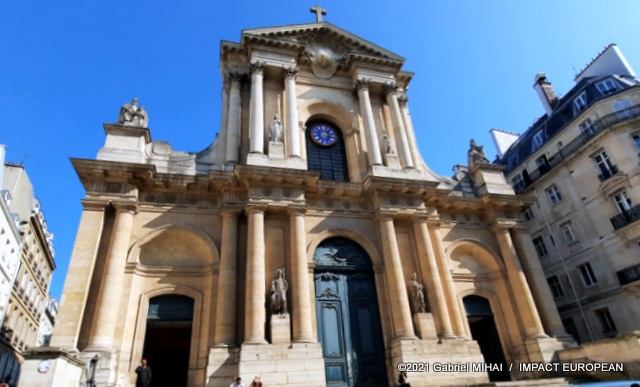
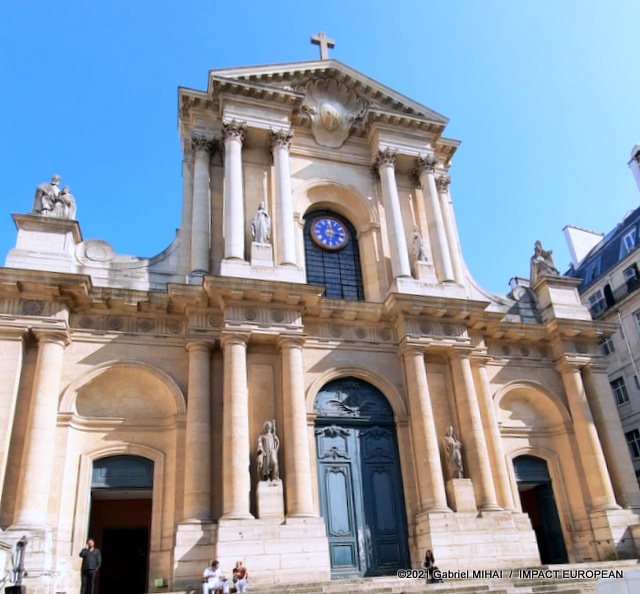
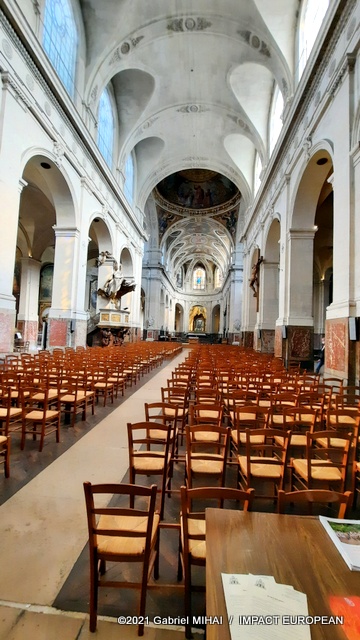

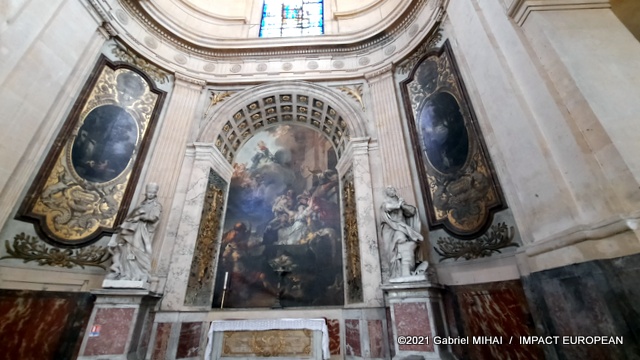


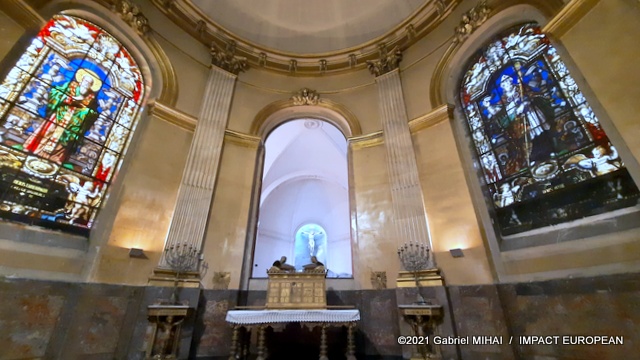
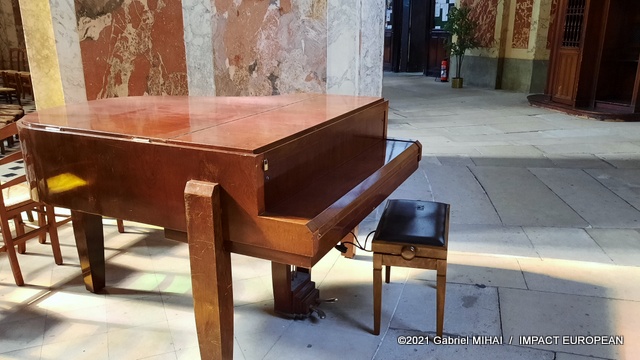
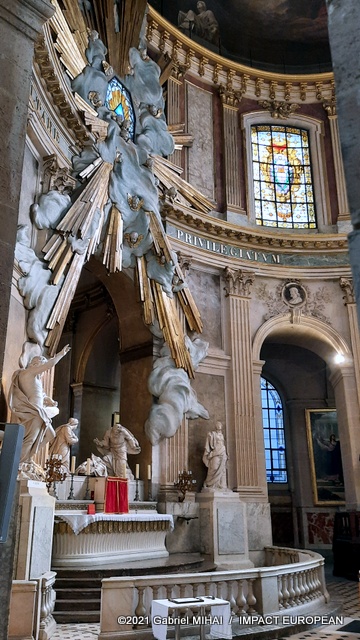
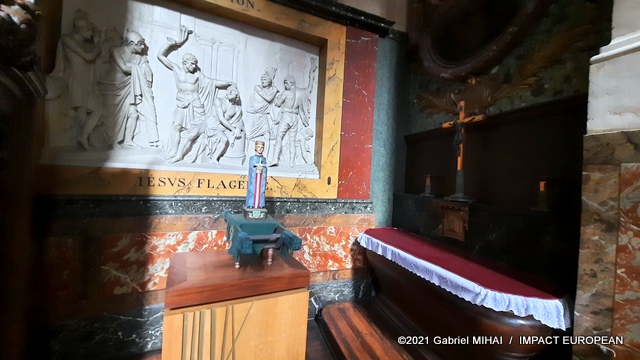
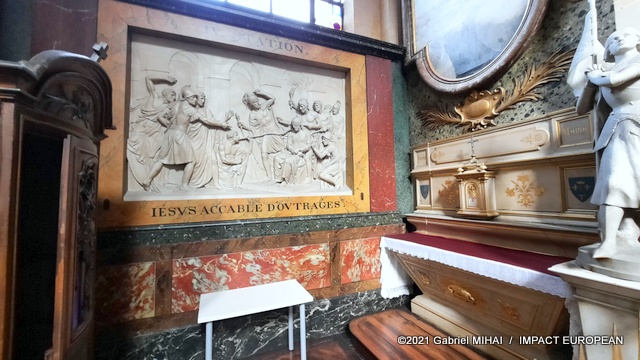
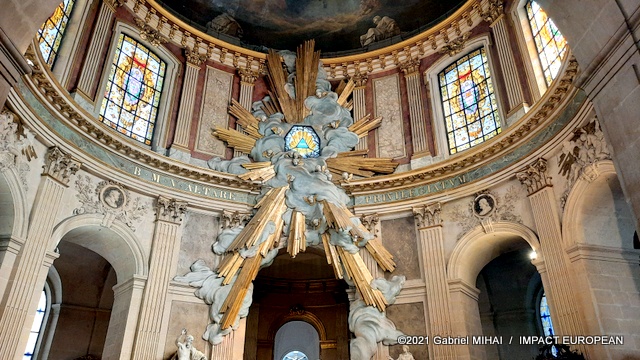
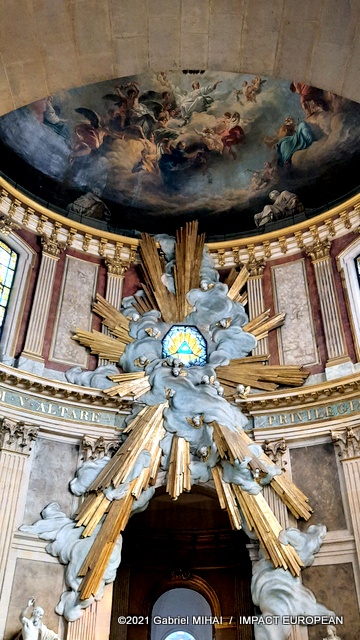

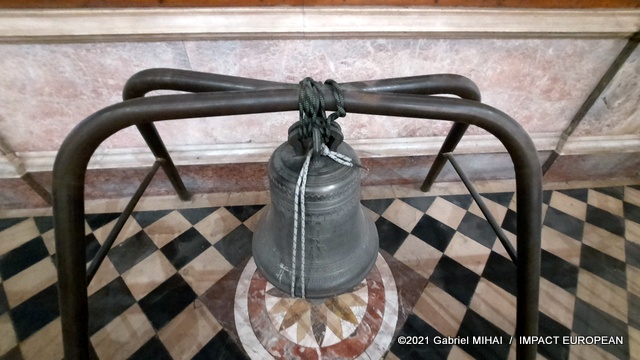

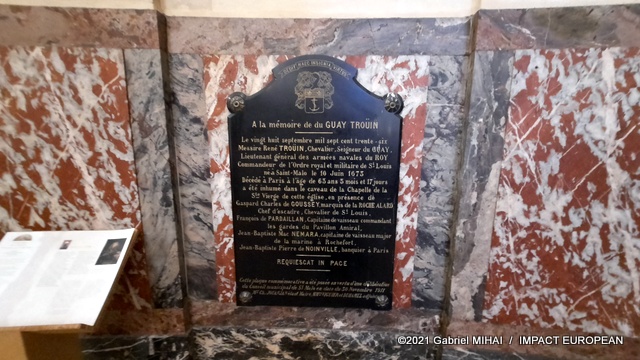
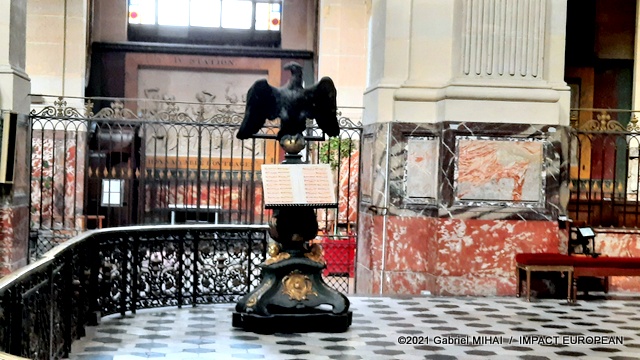

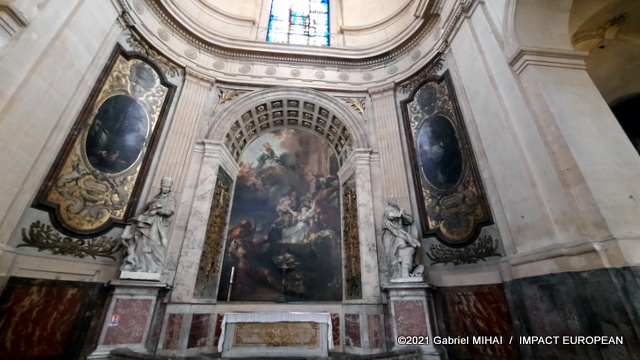
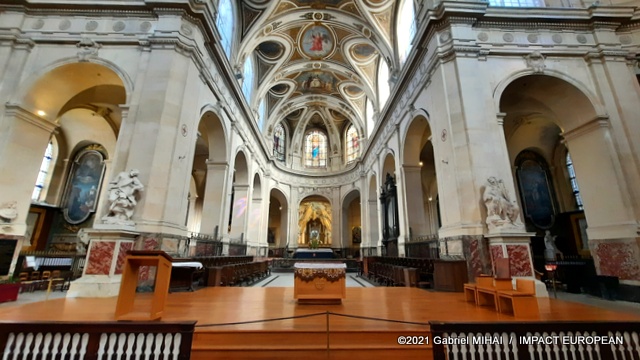
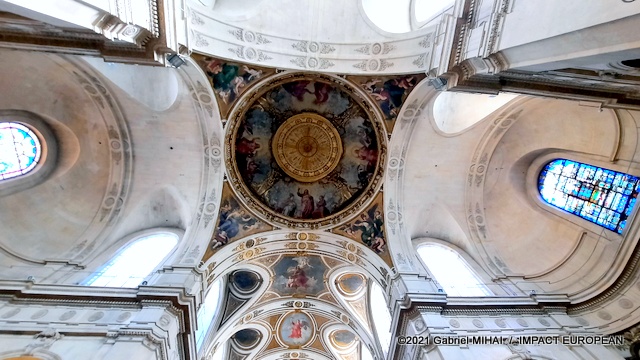
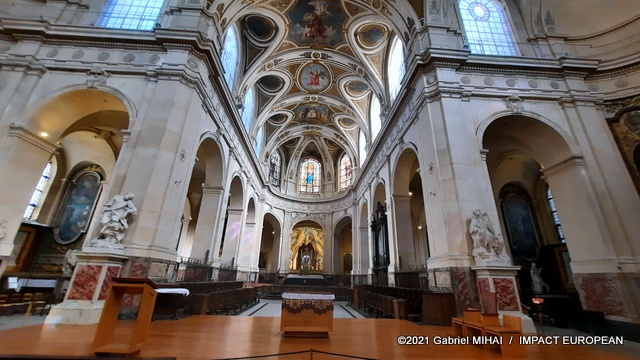
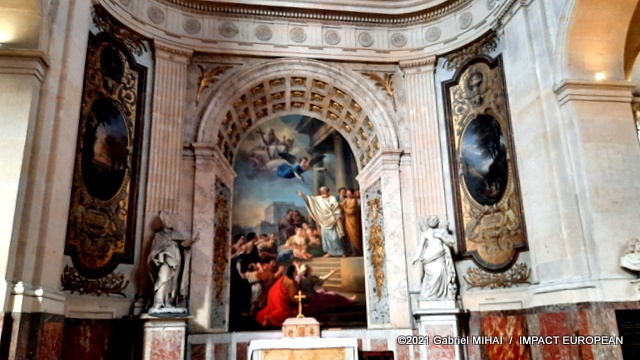
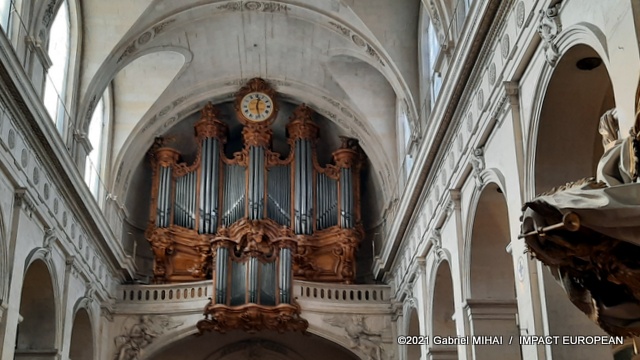

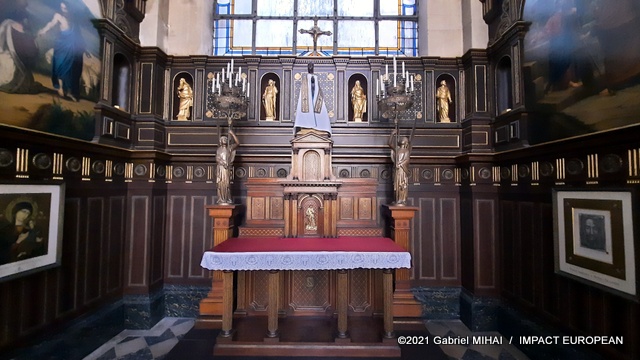

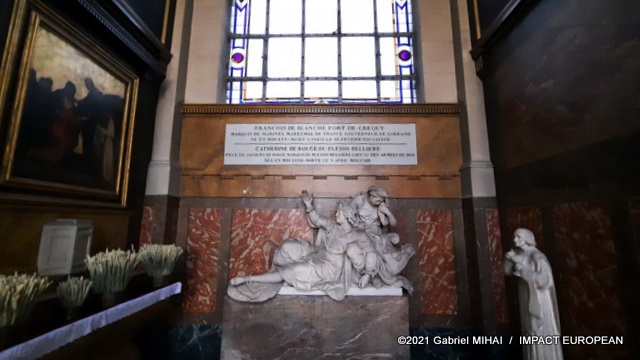

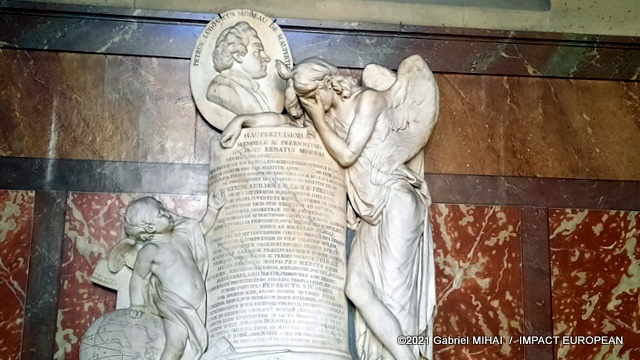

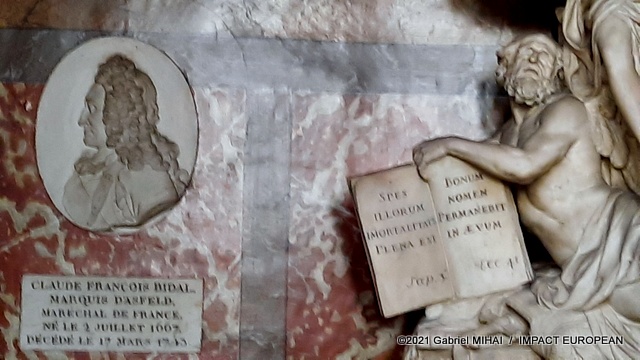
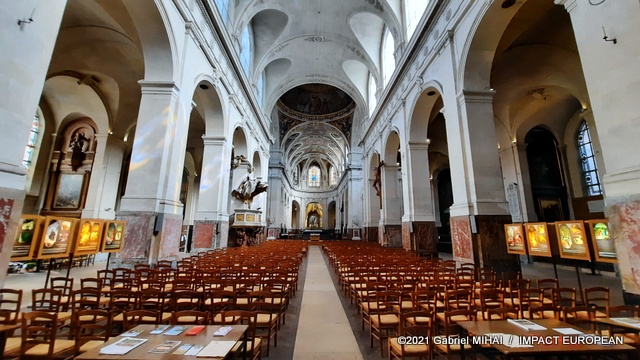
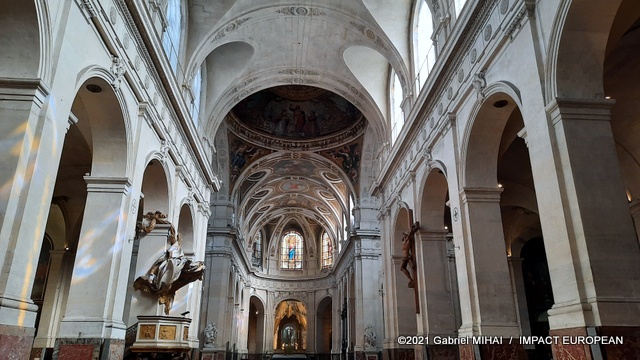
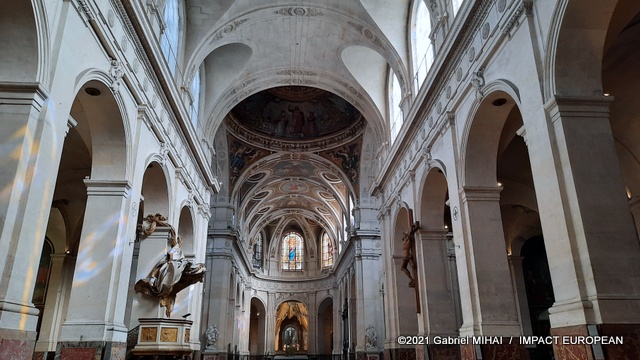
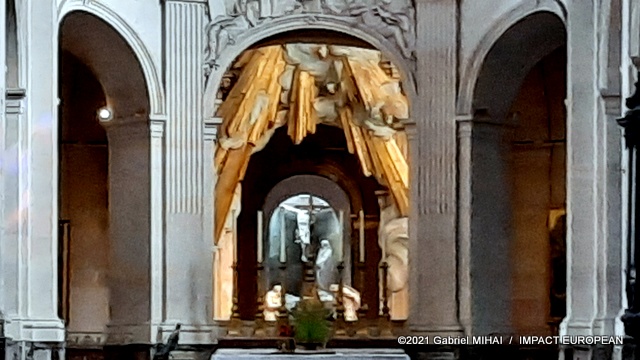



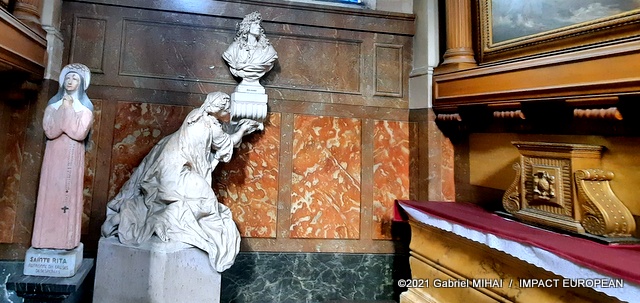
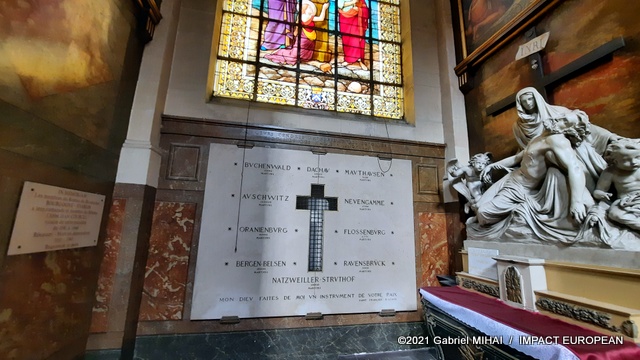


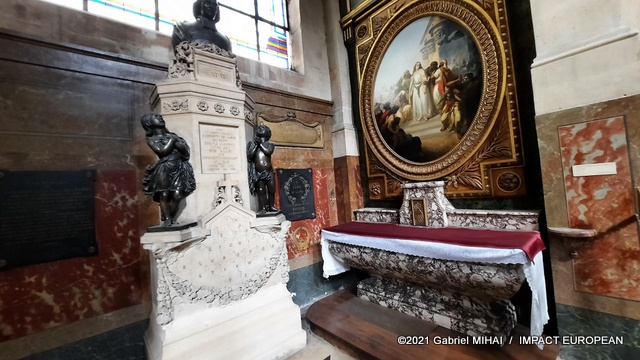
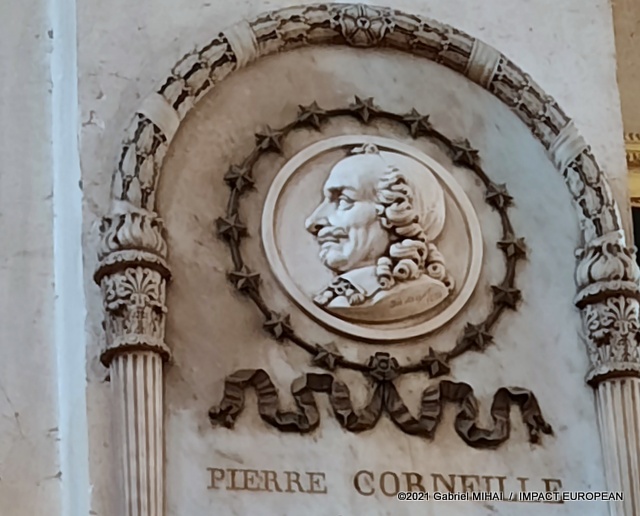


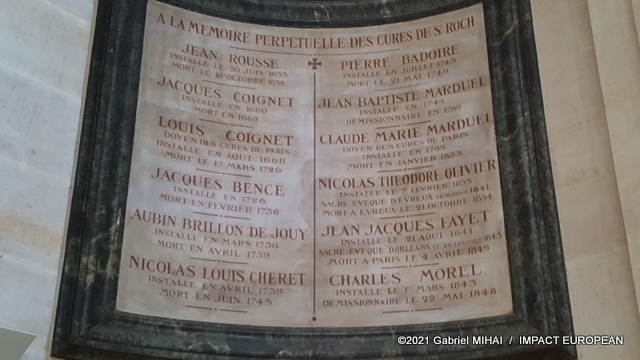
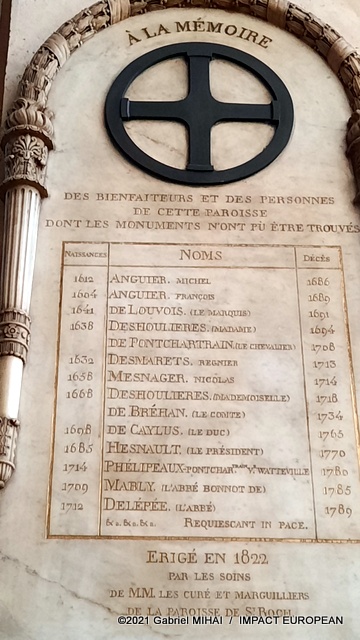
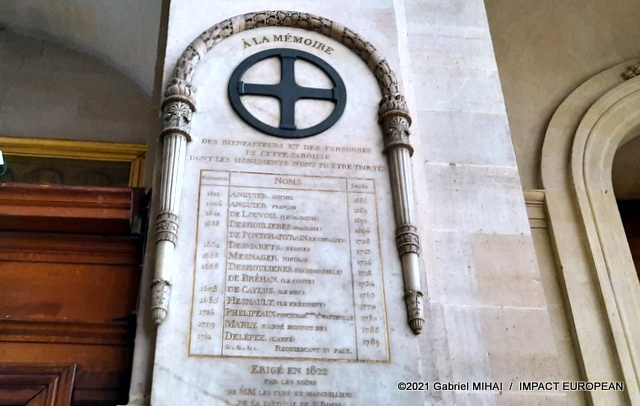
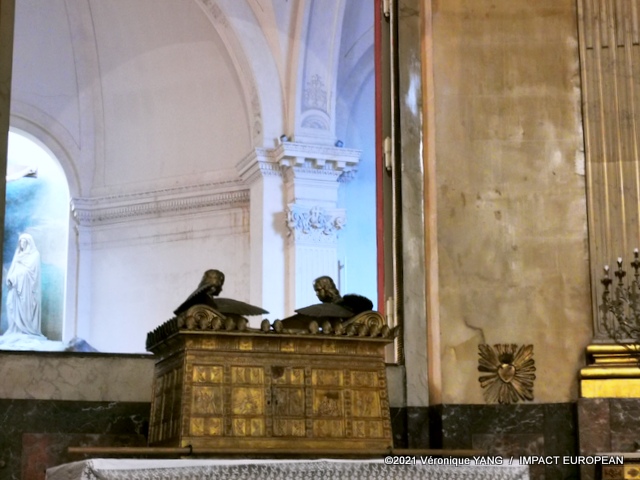
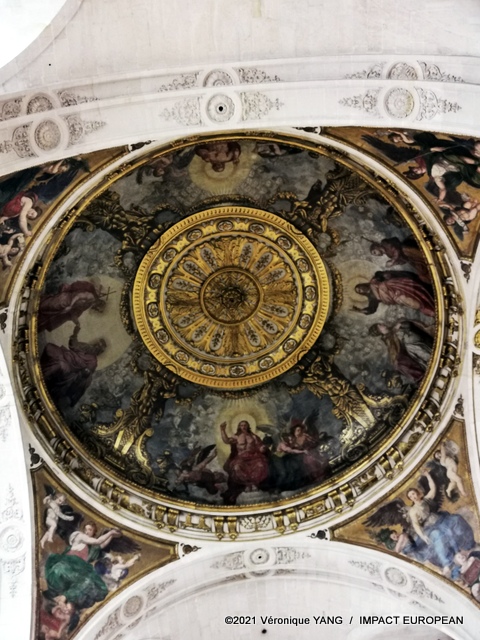
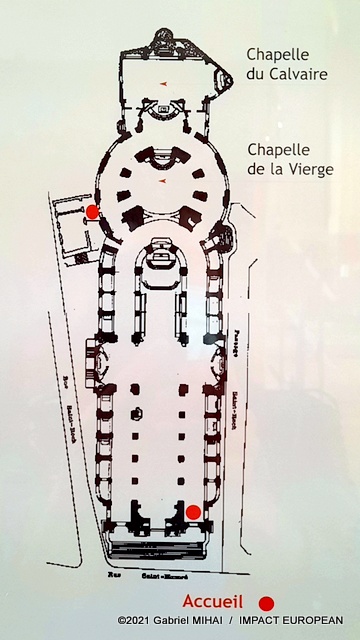
More Stories
Paris: a tribute paid to a worker who died on an Olympic Games site
Learn to manage your business with Rivalis
Championship / Rugby League: Toulouse Olympique wins against Whitehaven